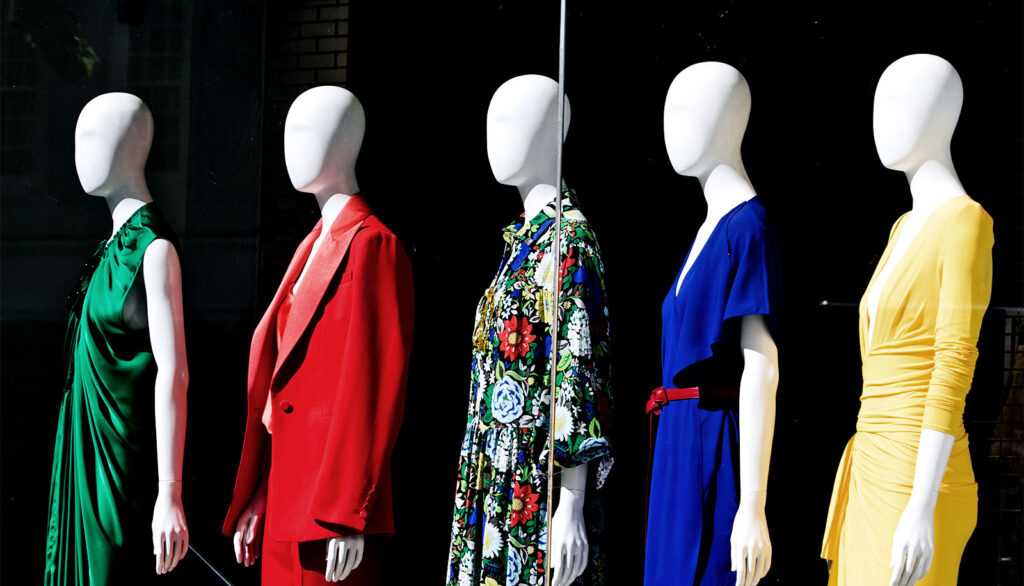Artificial intelligence (AI) is revolutionizing the fashion industry by improving the shopping experience, analyzing data, increasing sales, and forecasting trends. In the next few years, up to 40% of apparel and fashion companies will leverage its power. It will strengthen conversion and personalization and change the way fashion is produced and consumed.

Let’s look at some of the ways AI is impacting the apparel and fashion industry today:
- Apparel design. AI models are on their way to becoming a key tool for fashion designers. One example is the application of generative adversarial networks (GANs), a type of Machine Learning where two adversarial models are trained concurrently: a generator that creates images that look real and a discriminator that distinguishes between real and fake photos. As the generator becomes better at creating legitimate images and the discriminator becomes better at detecting fakes, computer-generated images and movements can appear believable and aesthetically pleasing.
- Personalization. AI can aid with more than just generating new designs. By gathering more sophisticated data, fashion manufacturers use technology to understand consumer desires better and make garments that suit those expectations. For example, Zalando, a German fashion marketplace, collaborated with Google to create AI-powered fashion designs based on customers’ favorite colors, textures, and other style preferences.
- Virtual fitting rooms. AI is a key aspect in the improvement of the online shopping experience. AI-enabled technologies like augmented reality (AR) and virtual reality (VR) are being used to solve the problem of trying on designs before making a purchase. Brands such as Tommy Hilfiger and Gucci are offering digital showrooms, and some online-only eyewear companies are offering a digital ‘try-before-you-buy’ service.
- Visual search. Another use for AI is making it easier for customers to find what they’re looking for. With visual search, customers can search for products by simply uploading a photograph, eliminating the need for text-based descriptions. AI scans and recognizes the image, delivering the most relevant search results. Not only is this more straightforward, but it also makes the purchasing process more gratifying, as customers can easily take screenshots of online clothes, detect shoppable gear and accessories in the image, and then discover the same outfit and shop for similar fashions.
- Trend forecasting. Anticipating the desired looks of the season, along with supply chain management, are among some of the most profitable uses for AI in the fashion industry. Real-time inventory tracking, for example, has become key for brands as they save time and make for efficient warehouse management and operations. Deep-learning techniques can also be applied to detect early signals of trend evolutions, such as slight shifts in activity among edgy influencers, to anticipate demand and trends more precisely and gain a competitive advantage.
By leveraging the power of AI, the apparel and fashion industry can transform the way we produce and consume its goods, and ultimately skyrocket conversion and personalization. It’s time to unleash the potential of AI in fashion. Reach out to us and discover how we can help you implement these applications to give your business a competitive edge!
